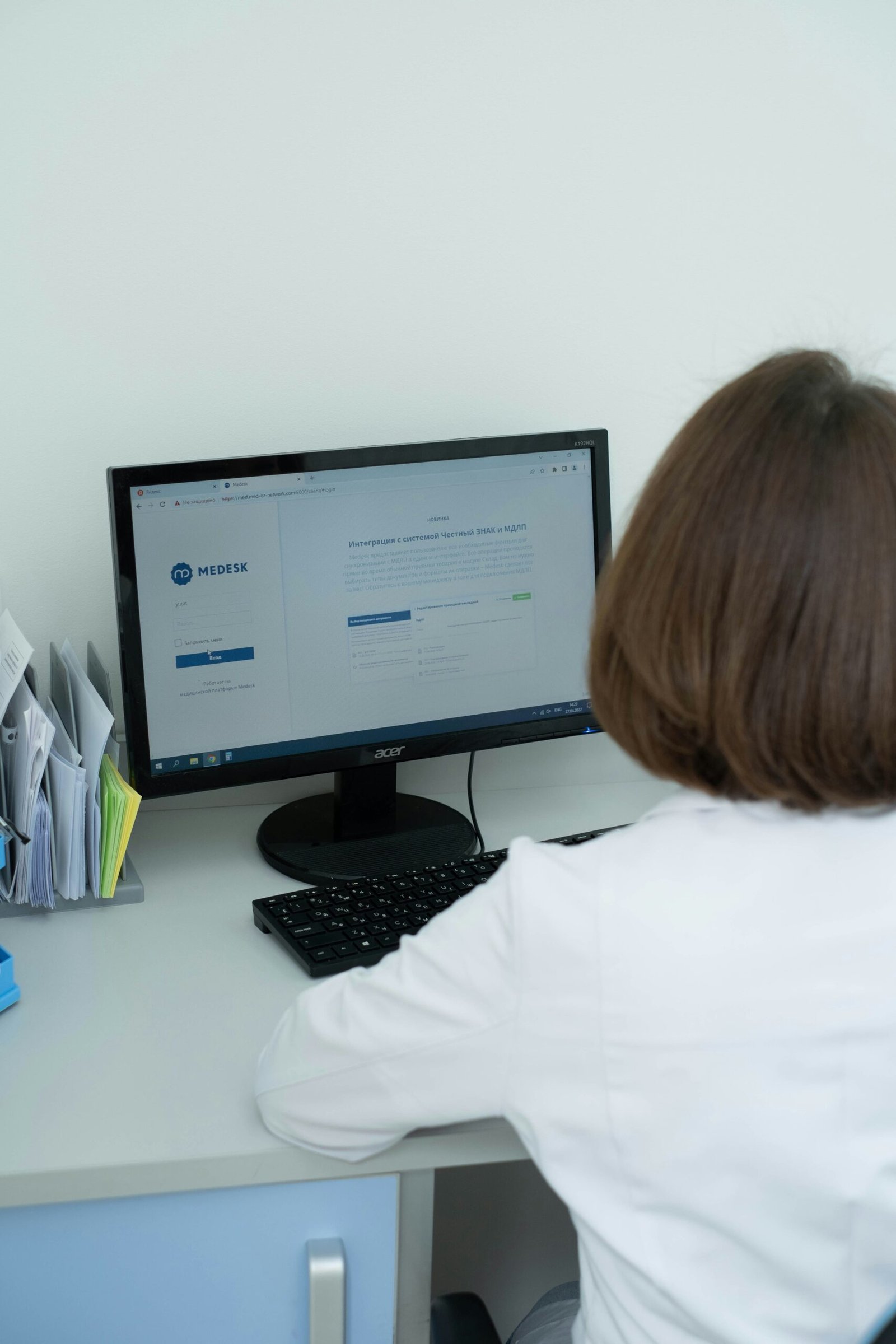In the world of medical billing, accuracy and compliance are critical
not just for getting paid but for avoiding denials and audits. One often misunderstood billing method is supervisory billing, commonly referred to as incident-to billing.
Whether you’re a provider, practice manager, or billing specialist, it’s important to understand how and when to use this method properly, especially when using EHR and billing platforms like Simple Practice.

What Is Supervisory (Incident-To) Billing?
Supervisory billing (incident-to billing) is a billing approach that allows non-physician providers, such as nurse practitioners, physician assistants, or therapists, in certain cases, to bill under a supervising physician’s NPI number.
This enables the service to be reimbursed at the full physician rate (100%), instead of the typical 85% rate when billed under the non-physician’s NPI.
However, this method is only valid when strict conditions are met.
When Can You Bill Incident-To?
To bill services incident-to, all the following must apply:
- The Service Follows an Established Plan of Care
The supervising physician must have initially seen the patient and created the treatment plan. The service being billed must follow that plan exactly. - Direct Supervision Is Provided
The supervising physician must be physically present in the office suite during the time of the service. They don’t have to be in the room, but must be available. - The Setting Is Office-Based
Incident-to billing is allowed only for services provided in a physician’s office or clinic setting, not in hospitals, skilled nursing facilities, or home visits. - The Patient Is Established
The patient must have been previously seen by the physician for the specific problem being addressed in the visit. - The Physician Remains Involved
The supervising physician must continue to actively oversee the patient’s treatment over time.
When You Should Not Use Incident-To Billing
Avoid using incident-to billing if any of the following apply:
- The patient is new and has not seen the supervising physician.
- The service introduces a new diagnosis or treatment plan.
- The supervising physician is not physically present in the office.
- The care is provided outside of the office setting.
Billing in these cases under the physician’s NPI can result in claim denials or compliance risks.
Incident-To Billing and Insurance Rules
While Medicare supports incident-to billing under specific conditions, not all payers do.
- Medicare: Allows it with detailed requirements.
- Medicaid and Commercial Payers: Policies vary widely. Some prohibit it entirely.
Always review each payer’s billing guidelines to ensure compliance.
How to Handle Incident-To Billing in Simple Practice
Platforms like Simple Practice make it possible to manage supervisory billing if configured correctly. Here’s how to approach it:
- Configure the Supervising Provider
Assign the correct billing provider (the physician) within your practice settings. - Use the Supervising NPI on Claims
Ensure claims are generated using the physician’s NPI when all incident-to conditions are met. - Document Thoroughly
Your clinical documentation must clearly show:- The supervising provider was on-site.
- The service followed an established treatment plan.
- No new problems or diagnoses were introduced.
- Verify Compliance for Each Claim
Build a checklist to verify all incident-to conditions are met before submitting the claim.
Why Understanding Incident-To Billing Matters
Whether you’re a solo practitioner, running a group practice, or working in a billing department, understanding when and how to use incident-to billing ensures:
- Maximized reimbursement
- Fewer denied claims
- Compliance with payer policies
- Reduced audit risk
This method can offer financial and operational advantages—but only when executed correctly.
Final Thoughts
Supervisory (incident-to) billing can be an effective tool in outpatient billing workflows, especially for practices with multiple providers. However, it must be used with caution. Familiarize yourself with payer-specific policies, train your staff, and always document services thoroughly.
Whether you’re using Simple Practice or another EHR system, proper configuration and consistent documentation are the keys to success.
GET IN TOUCH

